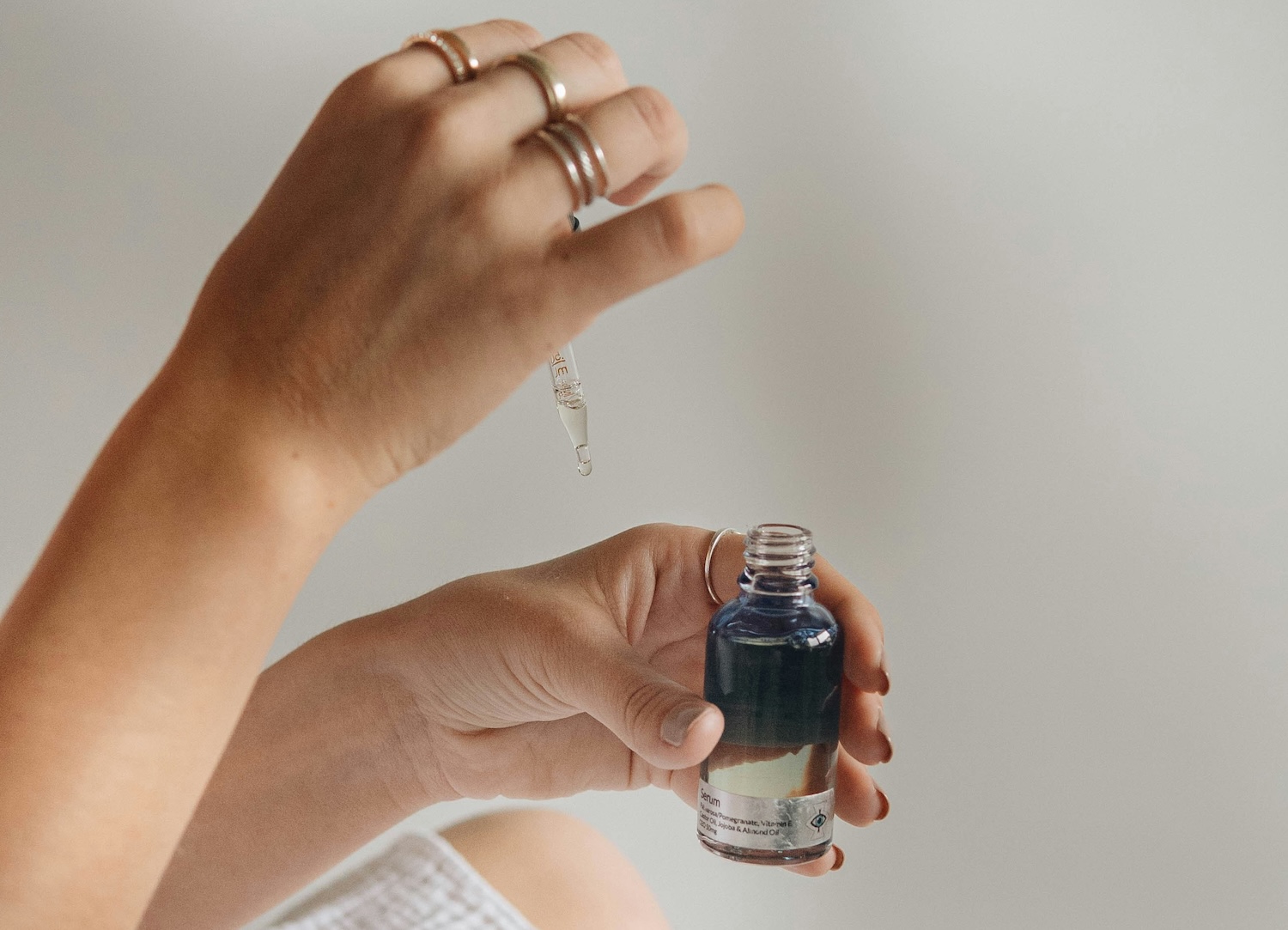Microplastics—tiny plastic particles less than five millimeters in size—are everywhere: in oceans, soil, air, and even in the food and water we consume. These particles come from various sources, including synthetic clothing fibers, plastic packaging, cosmetics, and the breakdown of larger plastic waste. The widespread presence of microplastics in our environment has raised concerns about their effects on our health.
How Microplastics Impact Our Health
Though research on the health impacts of microplastics is still developing, scientists are already linking them to potential health risks. When ingested or inhaled, microplastics can travel through the digestive and respiratory systems, potentially triggering inflammatory responses. Microplastics may carry toxic chemicals, such as heavy metals and endocrine disruptors, which can interfere with hormones and disrupt bodily functions.
Studies have also shown that microplastics can disrupt cell activity, leading to oxidative stress and inflammation, which are associated with chronic conditions like cardiovascular disease and certain cancers. While there is no definitive evidence yet that microplastics directly cause these diseases, there is a growing concern among researchers that prolonged exposure could pose serious long-term health risks.
How to Limit Microplastic Exposure
Reducing exposure to microplastics might not be easy, but there are steps you can take to minimize your risk:
1. Filter Your Water
Microplastics have been found in tap water, so investing in a high-quality water filter that is designed to remove small particles can help reduce your exposure.
2. Minimize Plastic Packaging
Opt for foods and products with minimal or no plastic packaging. Fresh produce, bulk food bins, and reusable glass containers can reduce the amount of plastic waste entering your home.
3. Use Natural Fiber Clothing
Synthetic clothing, like polyester and nylon, sheds microfibers that can end up in water supplies. Choosing natural fabrics like cotton, linen, and wool, or using a laundry filter to capture microfibers, helps lower microplastic pollution.
4. Avoid Single-Use Plastics
Swap out single-use plastics like water bottles, utensils, and bags with reusable options made from materials like metal, glass, or silicone.
5. Choose Microplastic-Free Personal Care Products
Some cosmetics, exfoliants, and toothpaste contain microbeads (a type of microplastic). Look for natural alternatives or products labeled "microbead-free" to reduce microplastic exposure through personal care.
Cover Photo by Giorgio Trovato










